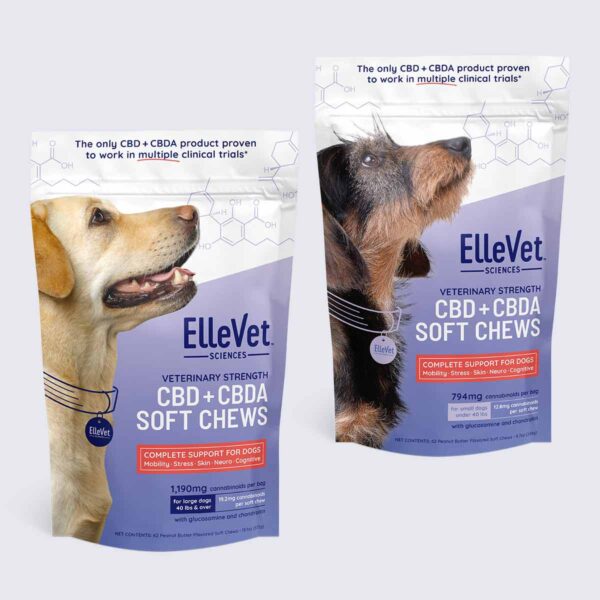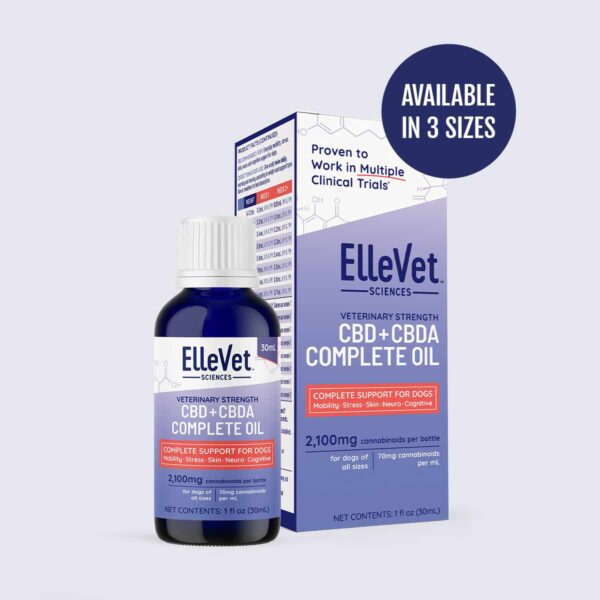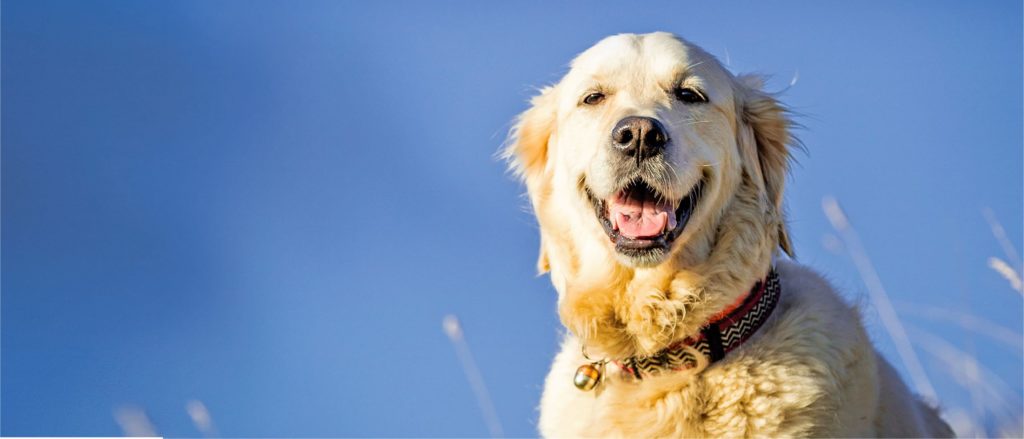We love our dogs and want to give them treats and food to keep them happy, but just like humans, our animals can suffer consequences from obesity. Typically, obesity is measured at 15% above your pet’s optimal weight, so make sure you know you ask your vet what the optimal weight is for your dog. A good rule of thumb is to see if they have a waist and if their ribs can be felt easily. If not, they might need to lose some weight.
Being overweight is one of the most common health problems for dogs and even a few extra pounds can have severe health implications for your pet. Added weight can reduce your pet’s mobility, increase the risk of disease, and even impact their overall mood. There may be underlying causes for your pet’s weight and it is important to talk to your vet to create a diet plan and rule out any other causes, such as hypothyroidism.
Dog Breeds and Metabolism
There are a few different mechanisms that can lead to your dog being overweight. As a pet owner, you have to know the causes so that you can be proactive and prevent them. It is not just overeating or lack of exercise that may cause obesity, but those are two very important things to keep in mind while taking care of your pet.
Some breeds, such as Greyhounds, have a faster metabolism than others and can tolerate a few extra treats without gaining weight. However certain dogs breeds are predisposed to obesity and if you have one of these breeds, including, Scottish Terriers, Cavalier King Charles Spaniels, Golden Retrievers, Labrador Retrievers, Bulldogs, Basset Hounds, Bernese Mountain Dogs, Beagles, and several others, it is good practice to start off with good habits right from puppyhood. While these dogs are more likely to have issues with weight, any dog can develop weight issues with too little regular exercise and too many treats or high-calorie meals.
Aging Pets
Age is also a common reason for weight issues because as dogs age they may struggle with joint mobility which limits their ability to exercise leading to weight gain. Even as your pet ages you must try to keep your dog active, maybe take them on a few short walks throughout the day or play fetch with them inside the house. If you have access, swimming is an excellent and fun way to get your dog moving and burn calories, and many dogs love to swim. It is easy on their joints and is great exercise.
A slowing metabolism is also a byproduct of aging and switching to a senior or weight management food can be a good option. Health issues are more common for older pets, so making sure that weight gain is not related to underlying problems is important. Many veterinarians recommend more frequent senior wellness checkups and many vets are happy to have clients bring their pet in for a quick weigh-in and are a great resource for helping create a realistic program of diet and exercise for your pet.
Portion Control
There are many different ways that we as pet owners can help our pets lose weight and keep our pets healthy. First, it is important to portion control; while we love to overfeed our dogs and give them treats because it makes them so happy, it is imperative to control their food intake and to avoid giving them people food. It is easy to start guessing on the right amount of food but using a measuring cup ensures proper portion control. If you are measuring but still feel that you may be overfeeding, talk to your vet and see what they recommend for portion control.
A high-quality low-calorie or senior food can be a good option, and you can also try adding vegetables to your dog’s food. Some dogs love veggies so this can be enjoyable! Veggies are also a great treat, and many dogs love a frozen carrot to chomp instead of a high-calorie treat. Rice cakes can be satisfying for them as well, and they are quite happy to have these as a crunchy treat.
Follow a Routine
As your dog begins to diet, make sure that you ease your dog into its new eating routine rather than changing everything right away. Slowly change the amount of food they eat over a few weeks period and make sure to consult your vet before starting any diet. Any new exercise program should be started gradually and in consultation with your veterinarian. Make it fun for both of you to get outside together and the results will show a happier and healthier fur family member.
Whichever ideas that you try make sure that you stick to a routine. Dogs love routine, and it is the best way to keep them trim and active. Just as they know exactly when it is time for dinner, they will quickly remind you when it is time for walks or playtime. Healthy and happy is what we all wish for our fur babies and with a few small changes, you can make a big improvement in their quality of life.
-
 ElleVet Hemp CBD + CBDA Soft Chews$89.00 – $99.00 — or subscribe and save 15%
ElleVet Hemp CBD + CBDA Soft Chews$89.00 – $99.00 — or subscribe and save 15% -
 ElleVet Hemp CBD + CBDA Soft Gels$49.00 – $159.00 — or subscribe and save 15%
ElleVet Hemp CBD + CBDA Soft Gels$49.00 – $159.00 — or subscribe and save 15% -
 ElleVet Hemp CBD + CBDA Oil For Dogs$79.00 – $249.00 — or subscribe and save 15%
ElleVet Hemp CBD + CBDA Oil For Dogs$79.00 – $249.00 — or subscribe and save 15%
If your pet needs mobility support or seems to have occasional discomfort, ElleVet Mobility Chews and Oils do a great job in addressing situational discomfort and allowing your pup to feel young and able to live a more active life. Reach out to the ElleVet team if you would like to talk about how we can help your pet live his best life!
The ElleVet Team
844-673-7287
[email protected]









